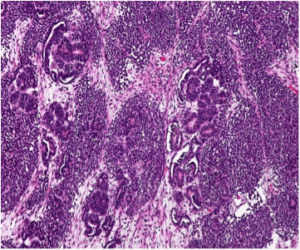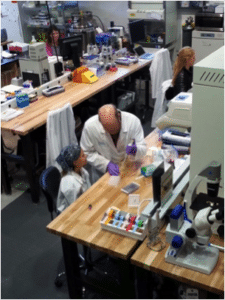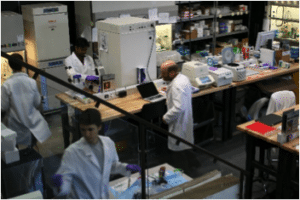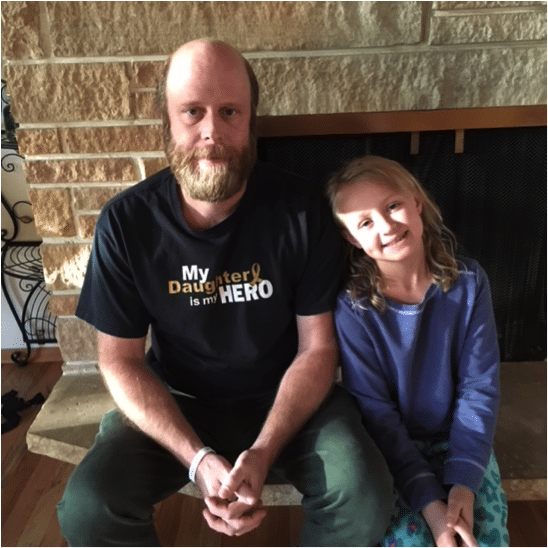Each week we will be featuring the work of a scientist on the cc-TDI team to give you a view into the lab and an update on our progress. While some might argue that the Science Fiction genre is the most imaginative view of the scientific universe, we would argue that some of the actual science happening in our lab might be even more innovative and imaginative…. Hence, we have decided to call this new bog series: Science Nonfiction. If you’re a Science Fiction fan (or even if you’re not), sit back and get ready to learn.
Take it away, Andy…

The majority of my time in the lab is spent studying nephroblastoma, or Wilms’ tumor. Wilms’ tumor is the most common kidney cancer discovered in children, and it generally responds well to standard treatments such as chemotherapy, surgery, and radiation. However, about 10% of children with Wilms’ tumor are categorized as having “high-risk” disease, and standard therapies oftentimes fail these patients. cc-TDI’s Wilms’ tumor study seeks to discover a more-effective and less-toxic therapeutic approach for those children with high-risk Wilms’ tumor by simultaneously targeting a combination of biological pathways which are thought to cause the disease.

My interest in Wilms’ tumor comes from personal experience. In 2011, my then 4-year-old daughter was diagnosed with stage 4, diffuse anaplastic Wilms’ tumor which had spread to her lungs. She was categorized as having “high-risk” disease, and we went through almost two years of aggressive treatments. Thankfully she survived, and today she is a happy, thriving 11-year-old. We have met many children and families along the way who were not so lucky, and this has provided me with the motivation to work towards the discovery of more-promising treatment approaches for all children with cancer, especially those with hard-to-treat subtypes such as anaplastic Wilms’ tumor.

I am super excited to be entering into the second year of our Wilms’ tumor study. The first year was very productive: I was able to collect many Wilms’ tumor study models, and subjected them to drug screens and genetic sequencing analysis. We then developed Targeted Inhibition Maps (TIMs) and discovered several targeted therapy combinations which we think will be effective against high-risk Wilms’ tumor. Our second year of study will dive into the scientific nitty-gritty; testing our proposed drug combinations in vivo (in petri dishes), ex ovo (in our quail egg assay) and in vivo (in mouse studies). I can’t wait to see the results and to share them with the greater research community. My goal is to provide a strong rationale for using our proposed treatment approach in the clinical trial setting so that a new, more-effective and less-toxic treatment option will be available to children with the high-risk subtype of Wilms’ tumor.

This study has truly been a collaborative approach. Funding has come from many sources, including The Rally Foundation, CURE Childhood Cancer, Alex’s Lemonade Stand, Infinite Love for Natalie Grace, Joey’s Wings, Alex’s Army, Unravel Pediatric Cancer and Hope 4 Harper, as well as through the personal fundraising efforts of the childhood cancer community and crowdfunding at Consano.org. In addition to thanking the study funders, I would also like to give thanks to my scientific director, Dr. Charles Keller, and the entire team at cc-TDI for their mentorship and support.


